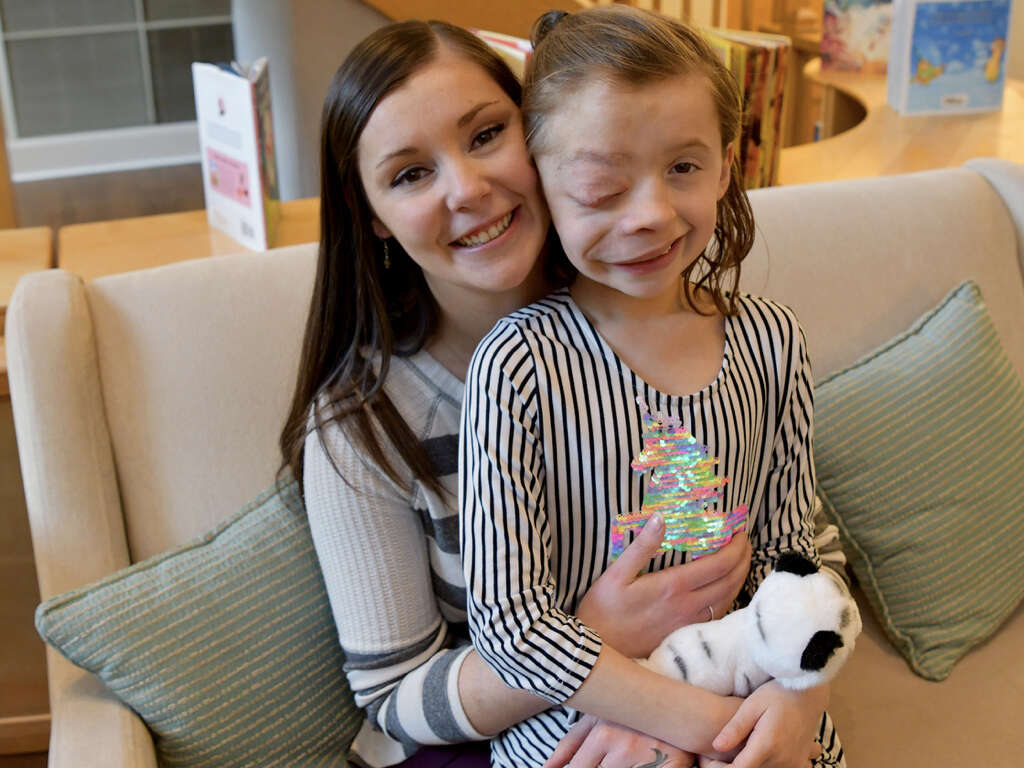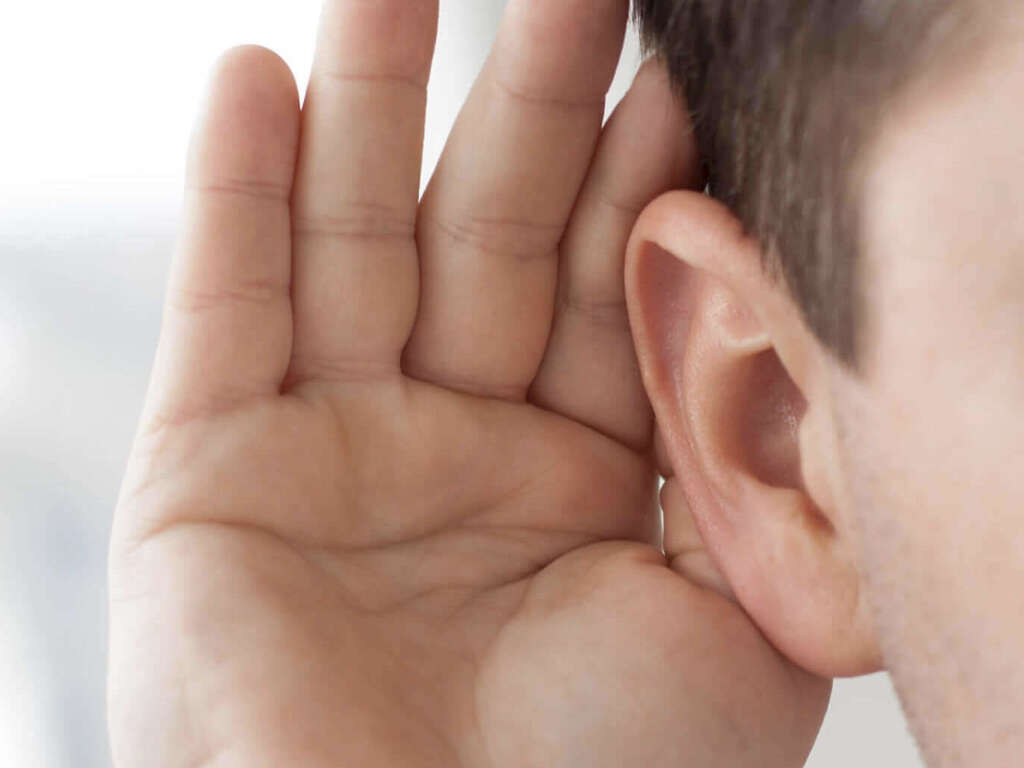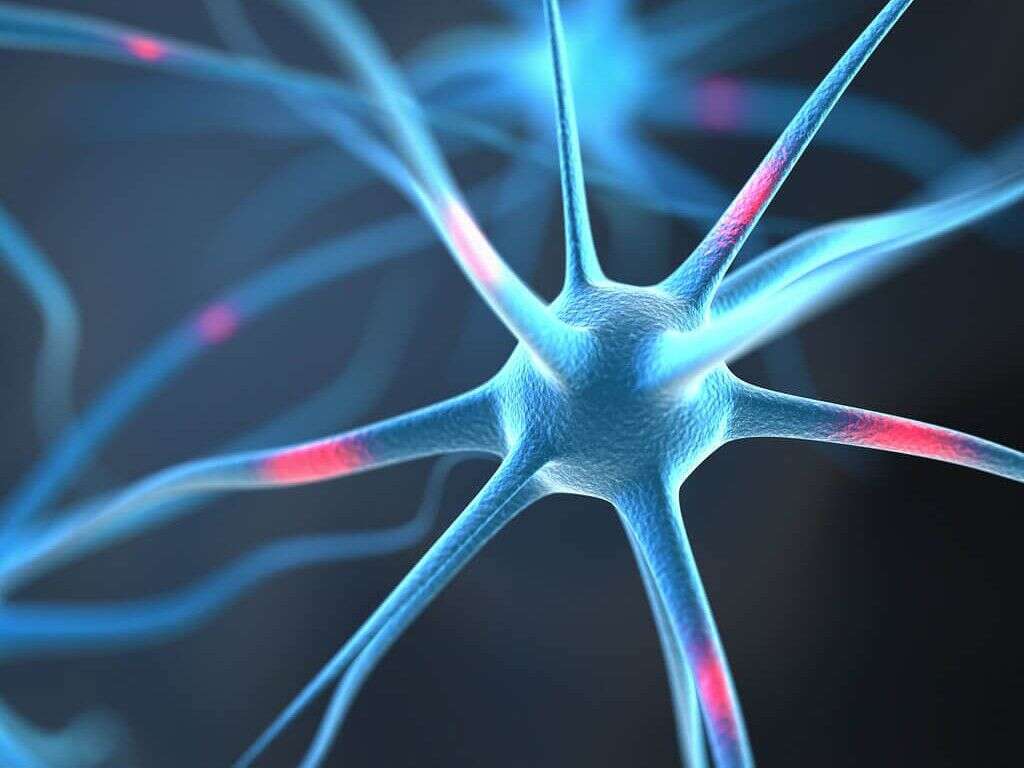What Is Allodynia?
There are some diseases that we understand very little about and remain somewhat of an enigma to scientists and other experts. This often makes it a lot harder to treat them, even if we can treat the symptoms that are caused. One such condition is allodynia.
Allodynia is a condition that has the potential to cause a great deal of distress for patients. Many will have to make considerable sacrifices in terms of lifestyle, and many will also need treatment throughout their lives. While it can be debilitating for a lot of people, it is thankfully fairly mild in many others.
1. What Is Allodynia?
Pain is an extremely useful sensation for us. Touch a hot kettle, for example, and you will feel intense pain at the point of contact. This is a good thing because it causes us to react, thus limiting the damage caused to our body. It also helps prevent us from doing anything that might harm us in the first place.
Allodynia is a condition where the patient will experience pain from things that would only usually cause a mild sensation, if any. For example, even brushing the skin very lightly might be agonizing in some cases. It is something that can make life very difficult for patients with the condition.
2. Pain
As mentioned, the main symptom of allodynia is pain. The severity of the pain can vary from person to person, with some people being effectively incapacitated by the symptom. For others, it will be a lot easier to bear. Patients with the condition can also experience different types of pain.
Some patients will feel that hot and cold temperature is particularly painful and will have to stay in rooms that are within certain temperature ranges. Other people might find it excruciatingly painful to brush their hair, and some will need to avoid even the lightest of contact with other people.

3. Anxiety
Pain is not the only symptom associated with allodynia. Depending on the underlying cause of the condition, some patients might also experience anxiety. This can be caused by the underlying cause, such as fibromyalgia, while it can also be caused by the pain the patient has to endure regularly.
Some people can also begin to experience depression, and this is something that can become very dangerous in its own right. If somebody is depressed then they should receive all the support that they need. People with allodynia can also have more difficulty concentrating than they usually would.
4. Fibromyalgia
There are several potential causes of allodynia, one of which is fibromyalgia, which causes the patient to feel pain in their joints and muscles. Fibromyalgia is not a well understood condition and a lot more research is needed into it. Despite the patient feeling pain in their joints and muscles, they will generally not have injuries or anything else that will cause pain.
Fibromyalgia is thought to be a problem with how messages are sent to and from the brain or the result of an inflammatory reaction. While little is known about the condition, it is known that certain triggers can cause it. Avoiding these triggers can help improve the patient’s quality of life.

5. Peripheral Neuropathy
Our nervous system includes the brain and the spinal cord. It also includes the vast network of nerves that radiate out from the spine and brain. These cover all parts of the body, including the hands and feet. If something was to go wrong with this network of nerves then the patient can experience some very unwelcome symptoms.
Peripheral neuropathy is caused when the nerves become damaged, affecting what the patient feels. This can result in symptoms like tingling and numbness, while it can also result in allodynia. There are various potential causes of peripheral neuropathy, including some infections, and diabetes.
6. Migraines
A lot of people get headaches, and they will often happen for no apparent reason. At other times, the cause is much clearer, such as being ill or feeling stressed. Thankfully they are usually only mild, but they can be unbearable for some people. Some people will also get migraines, which are somewhat worse as they can be a great deal more painful.
Migraines can cause excruciating pain for some people, but the problems don’t stop there. Such is the way that they work that migraines can also sometimes lead to allodynia. More research needs to be done into the connection, and into migraines and headaches overall.
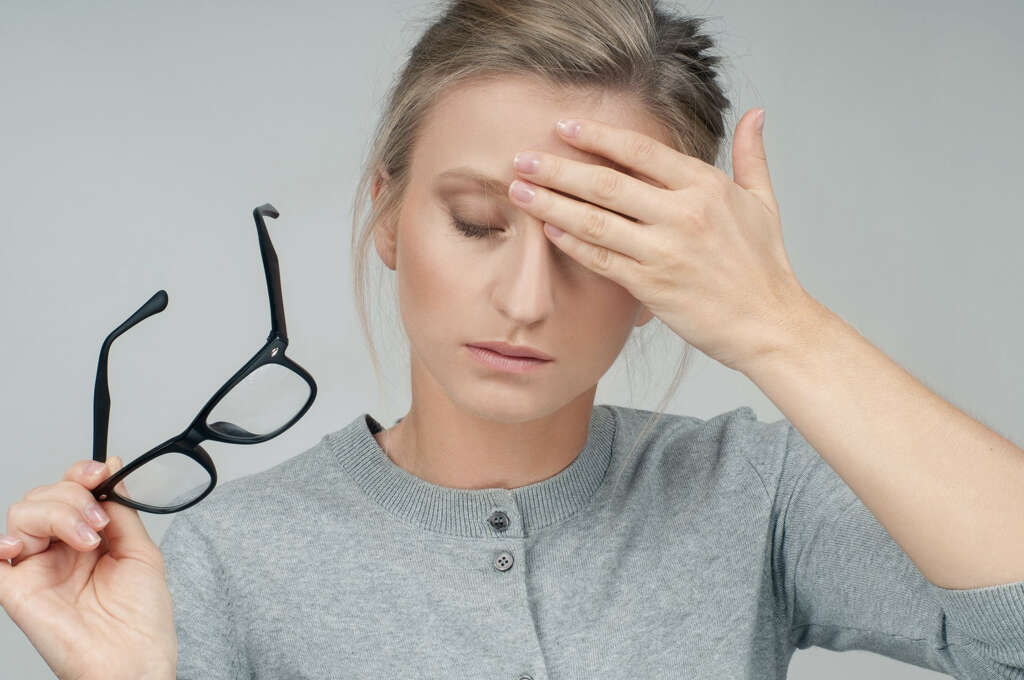
7. Postherpetic Neuralgia
Chickenpox is a disease that is caused by the varicella-zoster virus. The disease is not nearly as common as it used to be thanks to vaccinations that have made it all but extinct in some parts of the world. A lot of people still alive have had chickenpox, however, because the vaccine was not available when they were younger.
The virus will remain in the host and will usually remain dormant. It will sometimes be reactivated, however, causing a condition known as shingles. Shingles is very painful for the patient and will often cause postherpetic neuralgia. This condition damages the nerves and can cause a great deal of pain for the patient.
8. Difficulty Sleeping
Sleep is always important, but it is especially important when we are ill. This is because the body needs as much energy as possible to help fight against the disease. It is unfortunate for people with allodynia that they can often have difficulty getting the sleep that they need.
This is often because they are experiencing pain, which makes it difficult for them to relax enough. A doctor may be able to prescribe something to help soothe the pain, but it is important to always use medication with due care. The lack of sleep can also contribute to another condition associated with allodynia, which is fatigue.
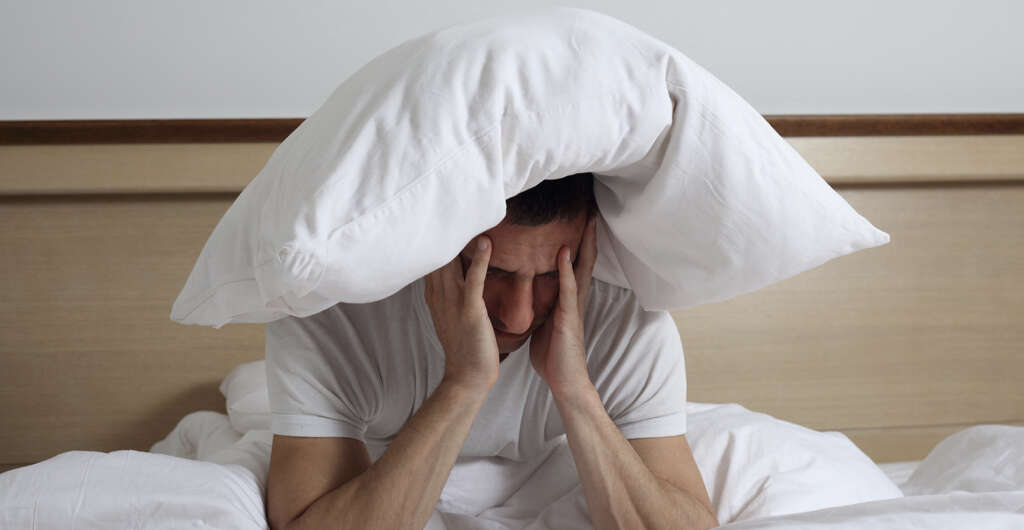
9. Migraines
As mentioned, allodynia is sometimes caused by migraines. Hence, people with the condition will also experience migraines or headaches of some sort. It can be excruciatingly uncomfortable for some, although some pain killers may be able to at least take the edge off the severity of the conditions.
Other symptoms that the patient may experience include changes in vision and an increased sensitivity to sound or light. Some patients will also experience nausea, which can vary in severity. If you do experience the symptoms then you should do what you can to speak with your doctor as soon as possible.
10. Treatment
The treatment for allodynia will depend largely on what the underlying cause of the condition is. For example, managing diabetes can go a long way to improving allodynia in some people. The symptoms will also need to be treated to help make the patient more comfortable.
Most people are given painkillers, depending on the severity of the pain the patient is experiencing. It will also be necessary for some people to make certain lifestyle adjustments. Light clothing may help to reduce pain that is caused by touch, and certain triggers will also need to be avoided.



